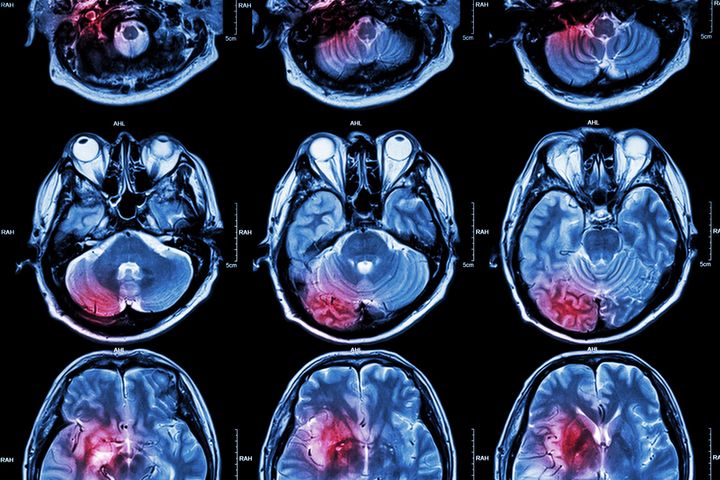
Strokes can be devastating events that can lead to permanent mental and physical impairments. The goal of treatment is to minimize the brain damage that results from loss of blood flow to a region of the brain. It is more than a little surprising that something in the venom of the deadly funnel spider can be used to protect the brain from damage caused by a stroke, but it is true.
The Australian funnel web spider makes a web with a funnel shaped burrow where the spider waits for prey. The spiders are large with visible fangs, and they carry a powerful toxin to kill their prey. There are two types of dangerous funnel spiders in Australia, and both are among the most deadly spiders in the world.
Approximately 6 million people die each year from strokes and another 5 million who survive suffer from a permanent disability. Strokes are the second leading cause of death in the world. Most strokes are ischemic strokes, resulting from blockage in a blood vessel that supplies part of the brain. Within a few minutes, two regions suffer damage: the core, which is the immediate area supplied by the blocked blood vessel, and the zone around it called the peri-infarct.
The core is thought to lose most of its blood flow and it undergoes irreversible damage when cells suddenly die. The peri-infarct zone, which can be up to half of the total area, undergoes a different type of cell death that takes hours to days. This zone of death is thought to be preventable, at least soon after a stroke. When the blood supply to the brain is disrupted, the cells continue to work, but without oxygen, cellular reactions produce acid. The acid accumulates in the area and is detected by a protein called Acid-Sensing Channel 1a (ASIC-1a), which triggers the death of nerve cells.
Australian researchers found a small protein component of funnel spider venom called Hi1a that could minimize the damage following a stroke. The Hi1a protein appears to block ASIC-1a channels in the brain. Administration of Hi1a stabilizes ASIC-1a so that it cannot conduct its signal in response to acidic conditions. A small dose of Hi1a administered two hours after a stroke prevented 80 percent of stroke damage in rats and even after eight hours, 65 percent of the damage was prevented. Hi1a use led to improved brain and motor function and helped maintain the architecture of the brain. Such protection could reduce the amount of damage to the region of the brain involved in the stroke, thereby limiting the effects of the stroke in the short and long term.
Ischemic stroke treatment already involves the administration of another protein called TPA that breaks up the blockage in the blood vessel. Combining TPA with Hi1a could further reduce the physical and mental effects. Who knew that the venom of a deadly spider could yield a protein that could be so important in treating a human disease?
Medical Discovery News is hosted by professors Norbert Herzog at Quinnipiac University, and David Niesel of the University of Texas Medical Branch. Learn more at www.medicaldiscoverynews.com.